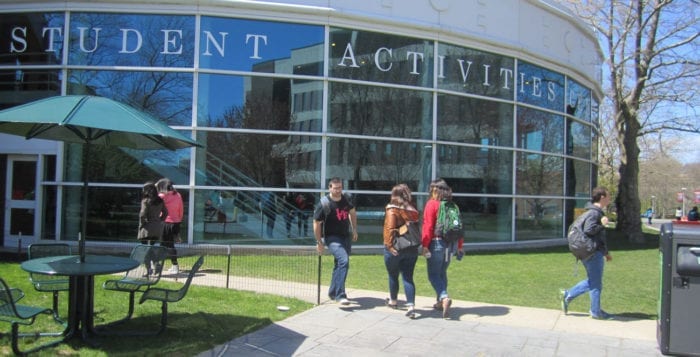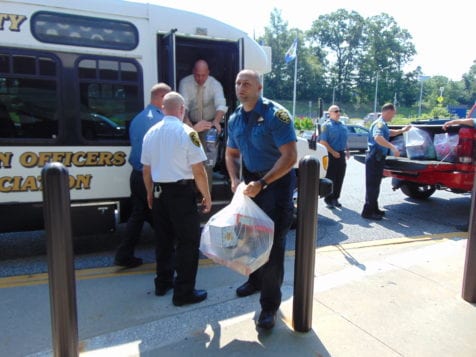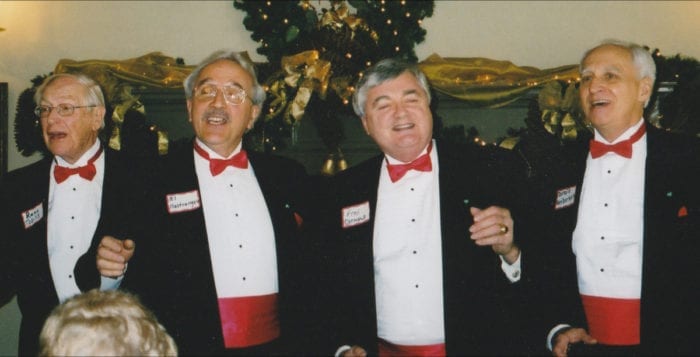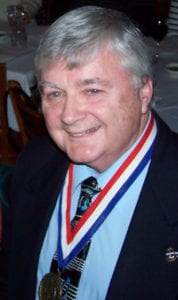There was a time when we were all children, and while some of us may claim to have been perfect saints of juvenile life, many of us surely broke the rules.
Long Island is a particularly strange place to grow up. Its suburbia is often bordered by mini-metropolitan areas, but for long stretches of the North Shore, there is nothing but roads and the trees that border them.
That brings us to the bikers, the terrors of the streets. Pedals pumping, wheels in the air, driving in and around traffic, these young bikers have left an impression on local Facebook groups, to say the least. We hope parents will have a conversation with their children about bicycle safety relating to our article in this week’s edition of the paper.
But what has changed to create this fad of running bicycles in dense areas? Really, has anything changed?
There’s been no new bike technology that makes popping a wheelie easier. There’s no singular popular figure emphasizing kids take their bikes to the streets. In fact, you would likely have a harder time finding a house on Long Island that doesn’t have at least one bike in its garage.
The thing is, there is no real safe place for the youth to ride their bikes in this manner. If a person started biking from Rocky Point, it would take traveling all the way to Huntington or Riverhead just to find a single skate park that can accommodate a more adventurous biker than hike and bike trails can handle.
That’s not to mention just how dangerous our roads truly are. According to a 2015 report, seven out of 10 of New York state’s most dangerous roads are right here on Long Island, including such roads as Route 25.
Not to give any sort of pass to the young people playing chicken with a vehicle four times its size with twice as many wheels, but the case of these bicyclists is just one story that is the saga for youth having nothing to occupy them on the
North Shore.
No, the kids should not be allowed to bike in and out of traffic, intimidating those behind the wheel. They are a danger to themselves and others, but ask what they should be doing instead? There is a significant lack of skate parks in which people can ride their bikes.
The Rails to Trails project, which will create a hiking and biking trail from Wading River to Mount Sinai, is a good start, but we still do not have a confirmed date when that project will begin, let alone at which end of the trail construction will kick off. There is also the Greenway Trail from Port Jefferson Station through Setauket, but again, that will only scratch the itch of those into a relatively leisurely ride.
For years now, kids on the North Shore have had very little in terms of outdoor sports for those who are not into the classic school-based team sports.
Perhaps it’s time North Shore parents, officials and business leaders think about finding a better place for those kids to bike, where they won’t drive into traffic. There is obviously a market for it.
Or maybe we should start an organization like the Peace Corps, only local in scope, to encourage our young to aid the elderly and the needy. All that youthful energy could be put to a more noble purpose.



























